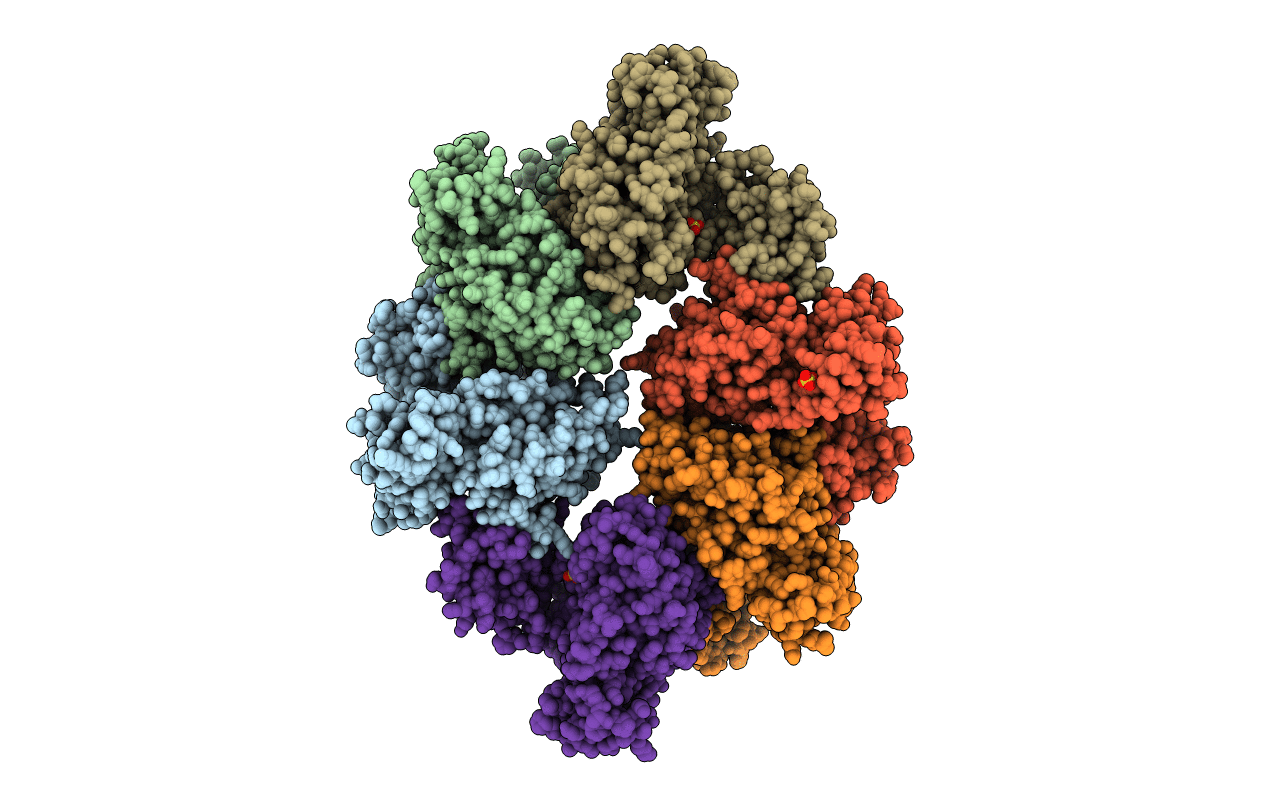
Deposition Date
2015-01-02
Release Date
2015-05-06
Last Version Date
2024-02-28
Entry Detail
Biological Source:
Source Organism:
Caenorhabditis elegans (Taxon ID: 6239)
Host Organism:
Method Details:
Experimental Method:
Resolution:
2.30 Å
R-Value Free:
0.26
R-Value Work:
0.22
R-Value Observed:
0.23
Space Group:
C 2 2 21


